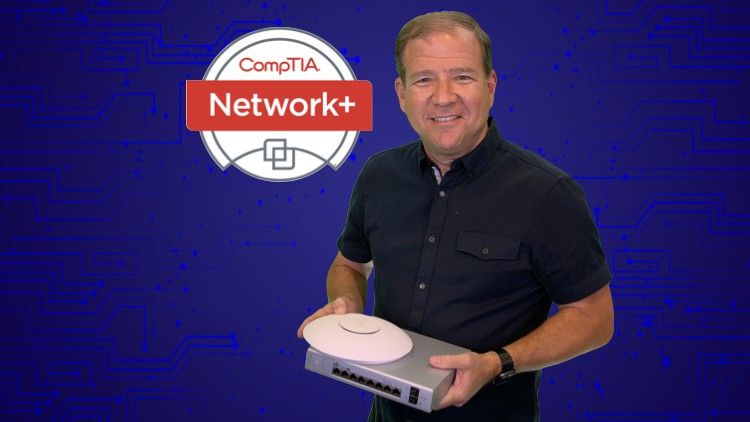جمع جزء: 2,268,000 تومان
- × 1 عدد: آموزش کامل کار با نرم افزار Revit 2020 برای پروژه های MEP ( مقیاس های Metric ) - 189,000 تومان
- × 1 عدد: آموزش ساخت پس زمینه ویدیویی برای وب سایت ها با Premiere Pro و Dreamweaver - 189,000 تومان
- × 1 عدد: آموزش مدیریت گروه های ساخت جلوه های ویژه - 189,000 تومان
- × 1 عدد: ترسیم براش ها در Procreate : تصویرگری Floral ها بوسیله Texture ها - 189,000 تومان
- × 1 عدد: چطور به خودتان برای انجام مهم ترین کارها انگیزه بدهید - 189,000 تومان
- × 1 عدد: آموزش پیشرفته موزیک سازی و بهبود صدای خواننده با لاجیک پرو اکس - 189,000 تومان
- × 1 عدد: فیلم یادگیری کامل Google Cloud Platform Big Data And Machine Learning - 189,000 تومان
- × 1 عدد: آموزش مدل سازی سه بعدی یک موجود فضایی - 189,000 تومان
- × 1 عدد: Interaction Design Fundamentals - 189,000 تومان
- × 1 عدد: Proficiency In Javascript - 189,000 تومان
- × 1 عدد: Complete Foundation in CSharp - 189,000 تومان
- × 1 عدد: طوفان فکری برای طراحی UX - 189,000 تومان









-Master-Class-main-resized.jpg)



